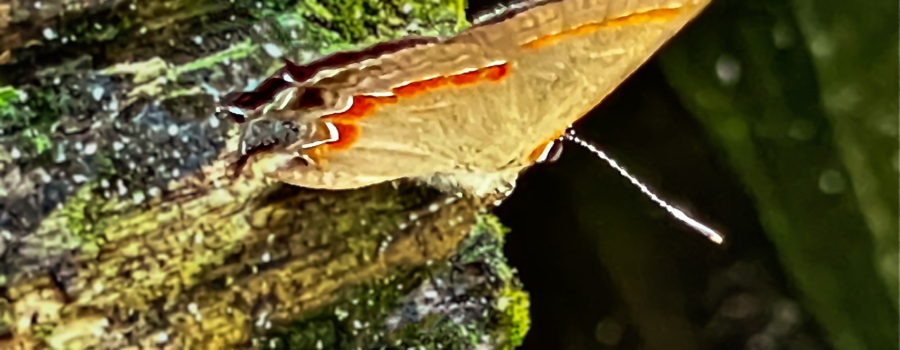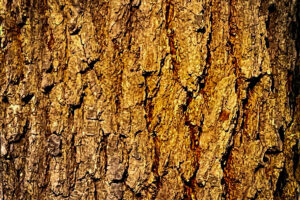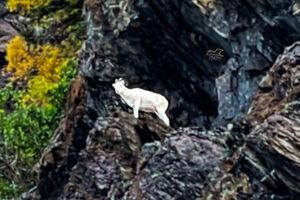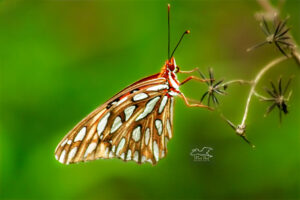The Red-banded Hairstreak has Some Cool and Unique Habits

Often when I’m out in my yard, I see small butterflies fluttering around near the ground around my porch and in the driveway. They are small and pretty speedy when they fly, but they often perch on or near the ground. I have not had much luck trying to photograph them in flight, but I recently had a great encounter with one that was hanging around my front porch. While I was photographing it I thought it was a gray hairstreak (Strymon melinus), which looks very similar, but has significantly less orange on the wings than this one. After having a chance to closely study the images I figured out that it was actually a red-banded hairstreak (Calycopis cecrops).

Red-banded hairstreaks are pretty cool little butterflies because they lay their eggs in leaf litter on the forest floor. Instead of feeding on living plants like most caterpillars do, red-banded larvae eat decaying leaves of sumacs, oaks, and myrtles among others. They are actually a pretty important species in helping to recycle the nutrients out of detritus. The adults lead a more traditional lifestyle, feeding on nectar from a large variety of flowers. Red-banded hairstreaks are the only members of the hairstreak family (Lycaenidae, also known as gossamer winged butterflies) that have detritus eating caterpillars. In fact, they are the only butterfly caterpillars in the entire state of Florida that feed on fallen leaves!

The hairstreak family is fairly large and many of the members (but certainly not all of them) look similar, so it’s important to take their range into account when trying to identify them. The gray hairstreak is found throughout most of the United States, but the red-banded hairstreak has a more limited range (but still broader than many of the hairstreaks). It can be found in the eastern half of the United States and south into Central America. In the northern part of it’s range it may produce 2-3 generations per year, but down here in the south it can have 5-6 generations each year. In cooler climates they overwinter as eggs, safely tucked away in the leaf litter. The eggs begin to incubate and hatch as the weather starts to warm up in the spring. Down here the adults are on the wing most of the year, but up north you can usually see them from May through September or October.

As many of you may know, I’m not big on doing yard work. There are two reasons for that. First, I just don’t enjoy doing it, and I cannot keep a mower running no matter what I do! More importantly, though, I like to keep things so that they will attract the wildlife. That means that I don’t pick up the leaf litter. That plus the fact that I have oaks, sumacs, and myrtles growing on my property, makes this a perfect environment for these pretty little hairstreaks. Sounds like a great reason to skip the yard work to me!






Recent Comments